Avery
Robert Avery came up with ideas
for design of a corn planter while in prison at Andersonville during the
American Civil War. When he was released from prison he constructed a
working model of his planter, and in 1874 he founded the Avery Planter
Company at Galesburg, Illinois with his brother Cyrus. The company
relocated to Peoria in 1884 and in 1891 they began to manufacture steam
engines and threshing machines. Their first attempt at producing a tractor
was in 1910, and by the following year they had their 20-35 model for
sale. Avery were soon offering a full line of heavyweight tractors, and
these continued to be built well into the 1920s. It soon became apparent
though that farmers were looking for smaller, lightweight tractors, and
although Avery made the little 5-10 and 6-12 models, they still focussed
on the heavier machines. In 1924 the company was declared bankrupt, and
was subsequently reorganized as the Avery Power Machinery Company,
although this new venture achieved little success.
(Click on images below to enlarge)
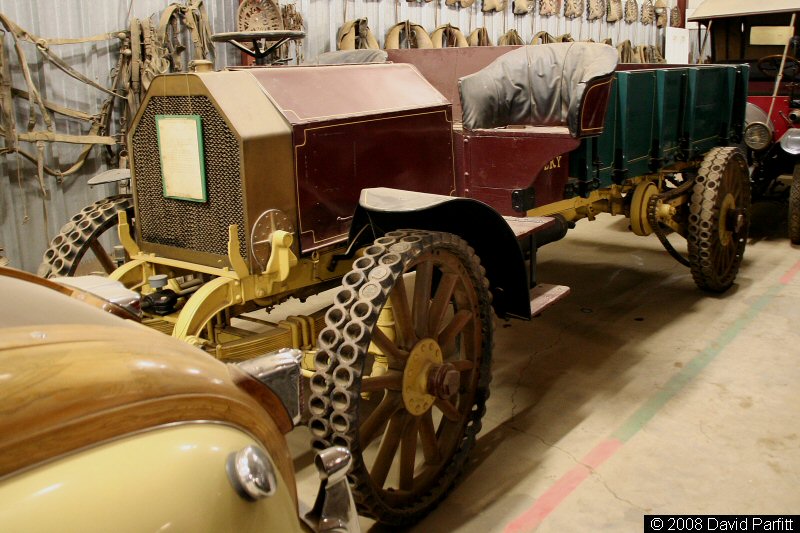
Avery "Farm and
City" Tractor at Bright's Pioneer Exhibit, Le Grand, California, USA in
2008.
'B.F.Avery & Sons Co. of Louisville, Kentucky, USA built
agricultural implements and tractors from 1847 until 1951.
Robert Avery came up with ideas for design of a corn planter while in prison at Andersonville during the American Civil War. When he was released from prison he constructed a working model of his planter, and in 1874 he founded the Avery Planter Company at Galesburg, Illinois with his brother Cyrus. The company relocated to Peoria in 1884 and in 1891 they began to manufacture steam engines and threshing machines. Their first attempt at producing a tractor was in 1910, and by the following year they had their 20-35 model for sale. Avery were soon offering a full line of heavyweight tractors, and these continued to be built well into the 1920s. It soon became apparent though that farmers were looking for smaller, lightweight tractors, and although Avery made the little 5-10 and 6-12 models, they still focussed on the heavier machines. In 1924 the company was declared bankrupt, and was subsequently reorganized as the Avery Power Machinery Company, although this new venture achieved little success.
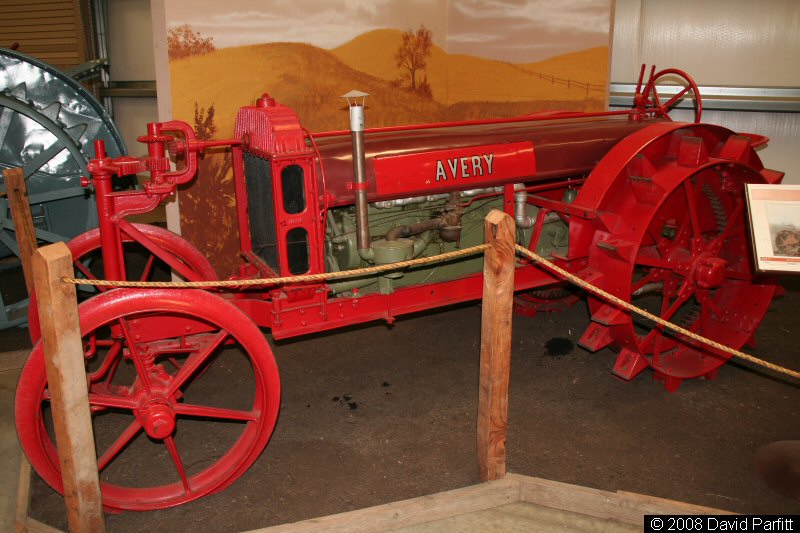
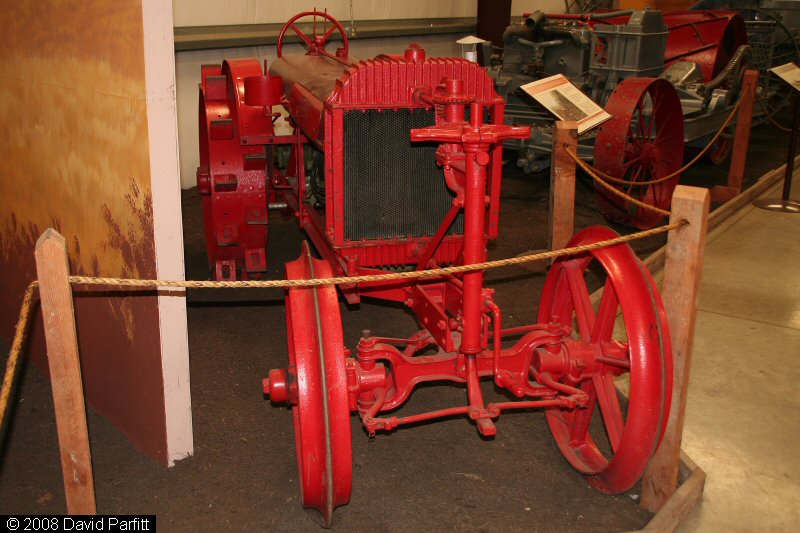
Avery 6-12 Model C
at the Heidrick Ag History Center, Woodland, California, USA in 2008.
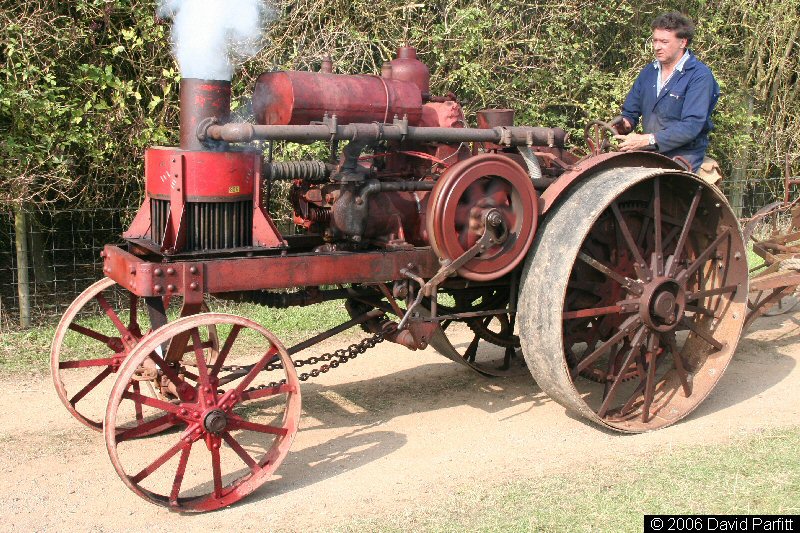
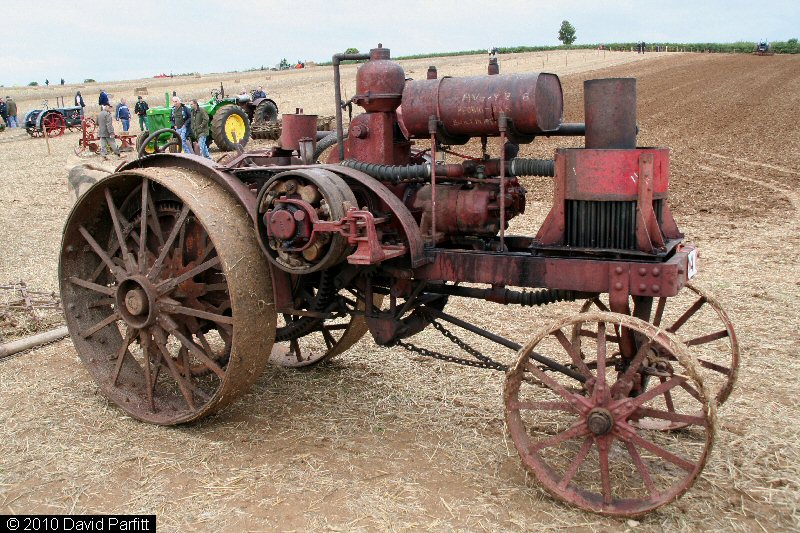
Avery 8-16 (serial
no. 7424, built 1917) at the Little Casterton Working Weekend,
Lincolnshire, UK in 2006 and 2010.
History
Benjamin Franklin Avery was born in 1801 in Aurora, New York. He first began a plow company in in 1825 in Clarksville, Pennsylvania, selling the company to a brother after returning to Aurora after the death of his father. Along with a nephew, Daniel Humphrey Avery, he moved to Louisville, KY and began his new plow business in 1847. When Daniel moved on in 1850, the company was organized as B.F. Avery Plows. Operation was suspended during the Civil War, but reopened after the war as B.F. Avery & Sons, and now included his three sons.
Benjamin Franklin Avery died in 1865, leaving the company to his sons and later family members. The first motorized machine for the company was the Louisville Motor Plow, a 20hp engine on a chassis with two plows mounted underneath, and was built from 1914-1917. In 1930, Avery began marketing tractors built for them by Huber Manufacturing of Marion, Ohio. Records indicate that 355 Huber tractors were delivered to Avery, mostly the Huber 20-36, and two Huber Light Four tractors. IN 1936, B.F. Avery developed a new tractor and approached Cleveland Tractor Co., or Cletrac, to manufacture it. Cletrac built the General GG three-wheeled tractor for B.F. Avery, and they were also sold by Massey-Harris and Montgomery Wards (Wards Twin-Row). Cletrac ceased building the General GG during World War II, and B.F. Avery acquired the equipment and began manufacturing it as the B.F. Avery A.
During some lean years, B.F. Avery agreed to sell out to Minneapolis-Moline on January 8, 1951. Some of the B.F. Avery models continued in MM's lineup for a number of years, before the manufacturing facility in Louisville was closed for good in 1955. The factory was one of the largest factories in Louisville, and is on the [National Register of Historic Places].

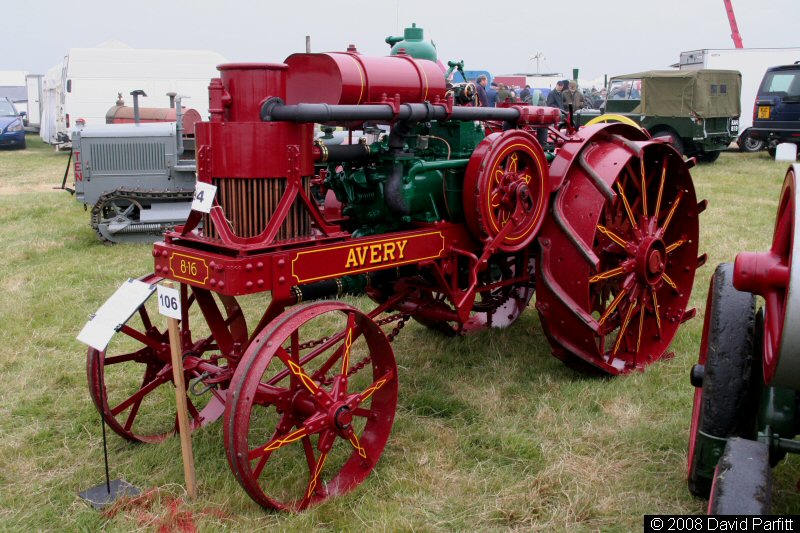
Avery 8-16
(serial no. 8393, built 1917) at Carrington Rally, Lincolnshire, England
in 2008.
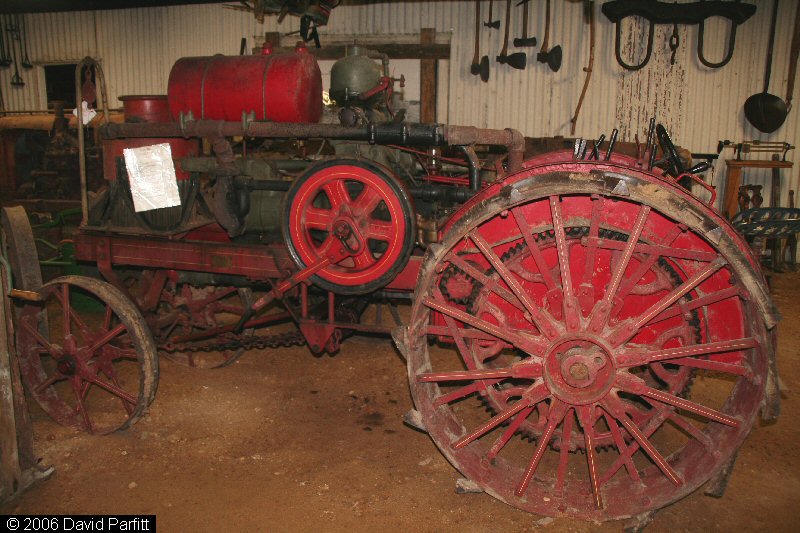
Avery 8-16 (serial no.
11193, built 1918) at the Museum of Early New Zealand, Tirau, New Zealand
in 2006.
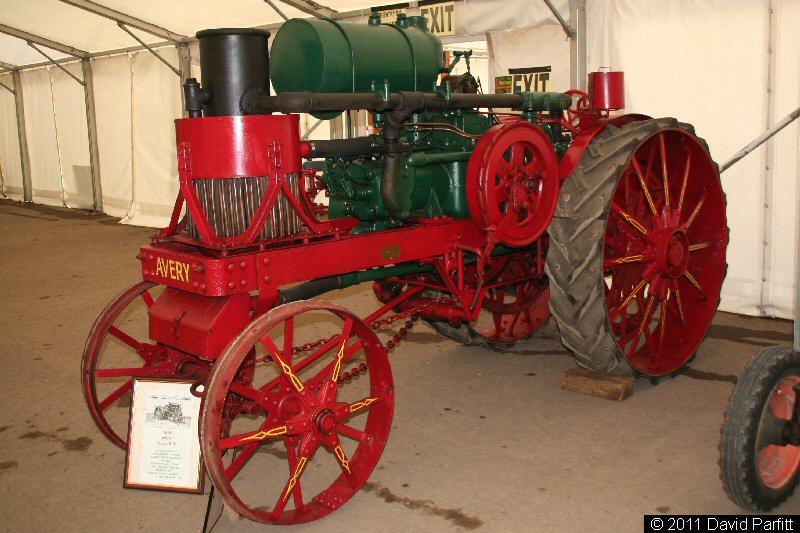
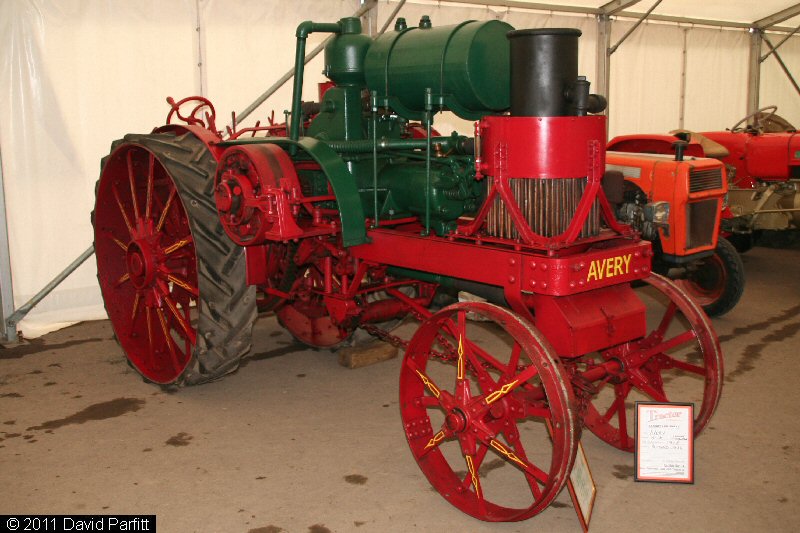
Avery 8-16 (serial
no. 18826, built 1920) at Tractor World, Malvern, Worcestershire, England
in 2011.
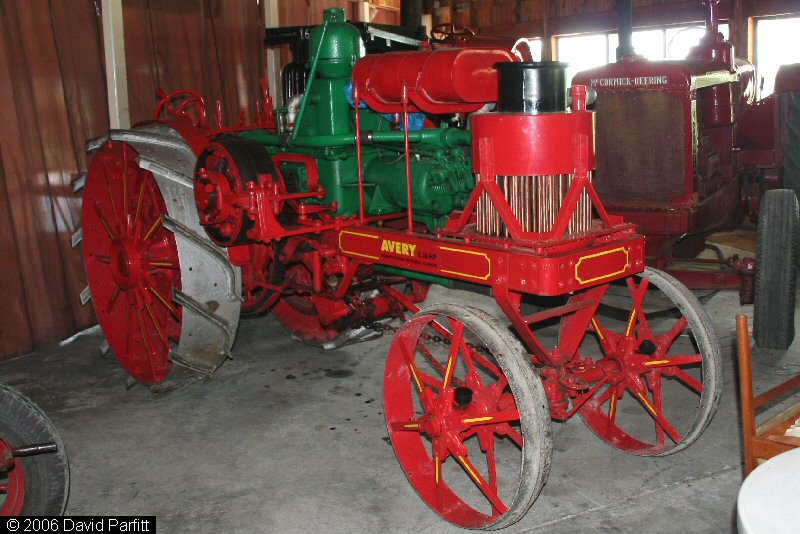
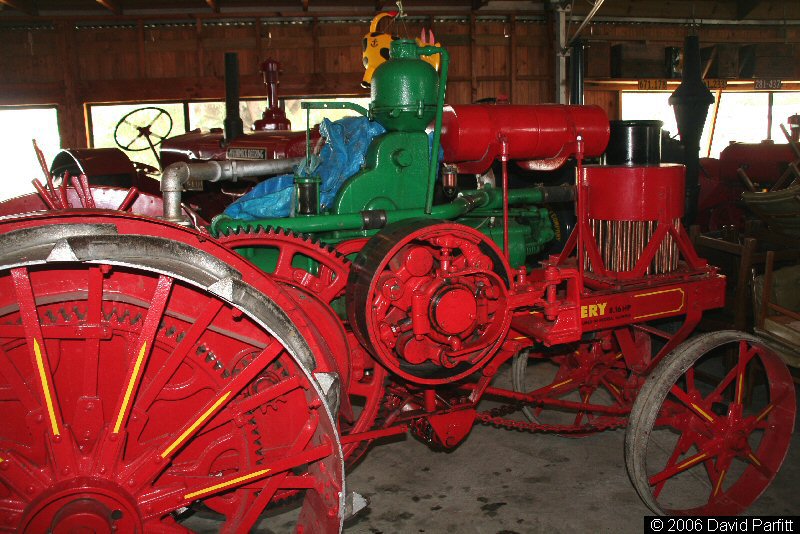
Avery 8-16 at
Brayshaw Park, Blenheim, New Zealand in 2006.
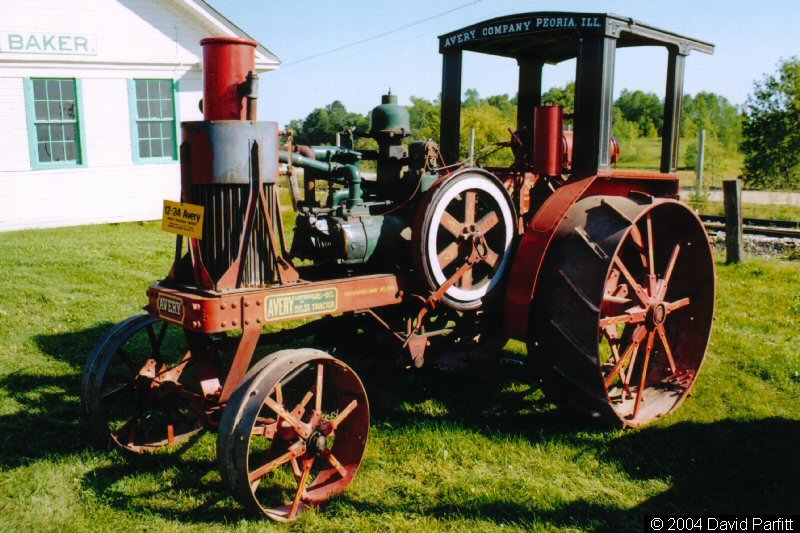
Avery 12-25 (serial no.
10886, built 1918) at WMSTR, Rollag, Minnesota, USA in 2004.
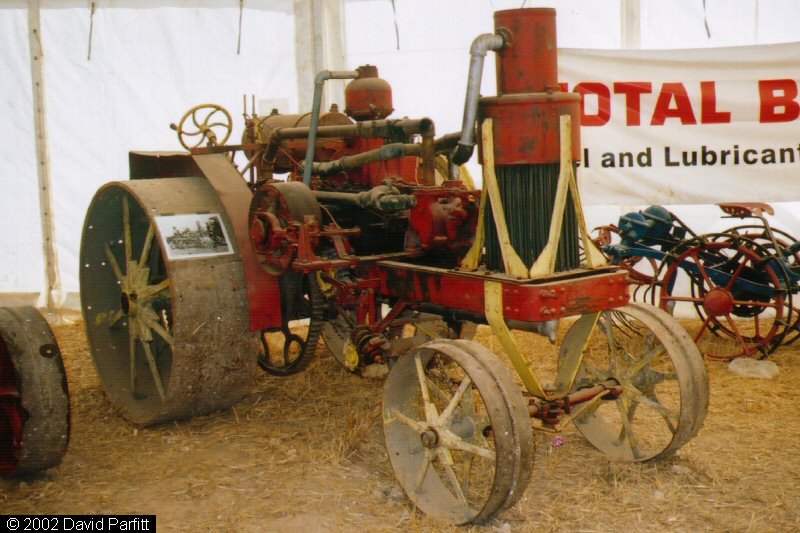
Avery 12-25 at the
Great Dorset Steam Fair, Dorset, England in 2002.
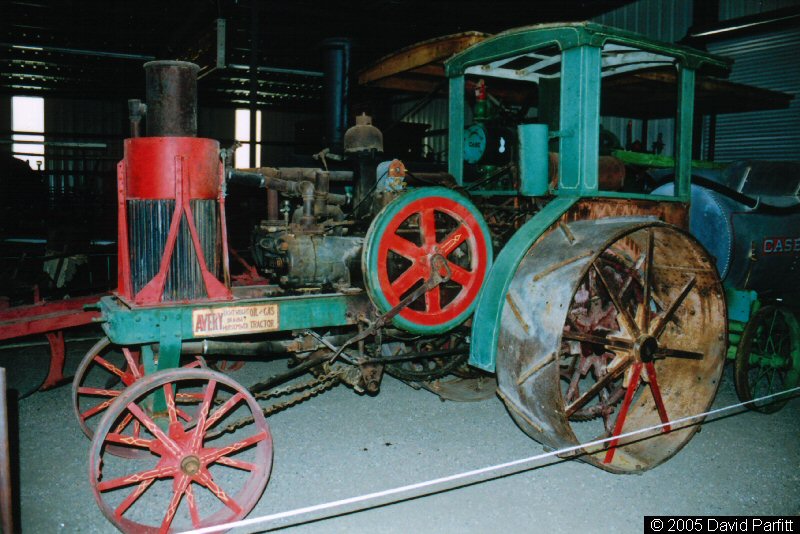
Avery 12-25 at the Dome
Valley Museum, Yuma, Arizona, USA in 2005.
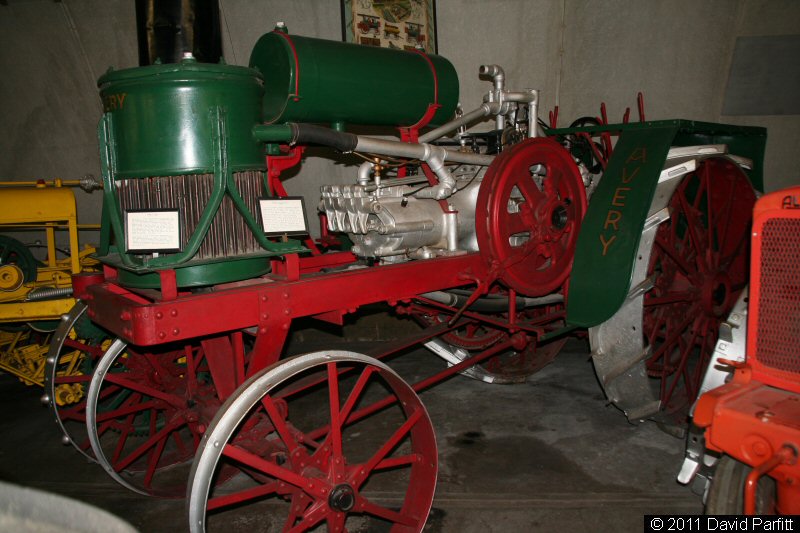
Avery 14-28 (serial no.
22166, built 1921) at Pioneer Village, Minden, Nebraska, USA in 2011.
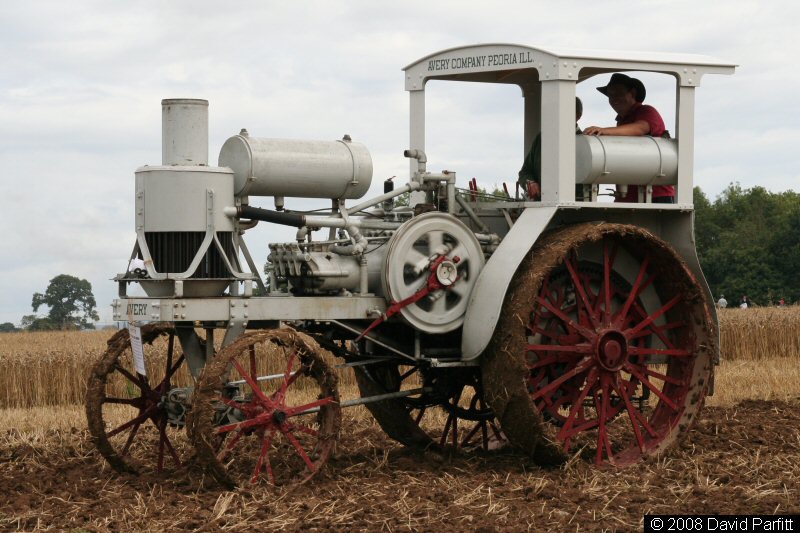
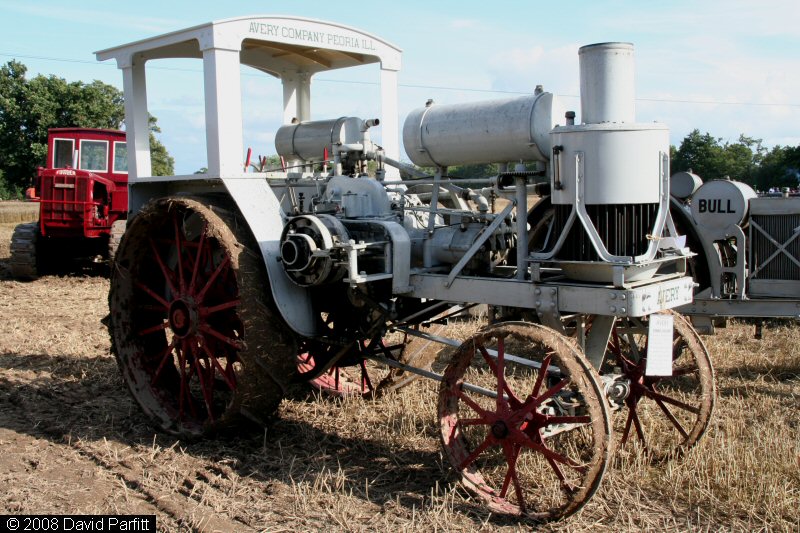
Avery 14-28 (serial
no. 26450, built 1922) at Onslow Park Rally, Shropshire, England in 2008.
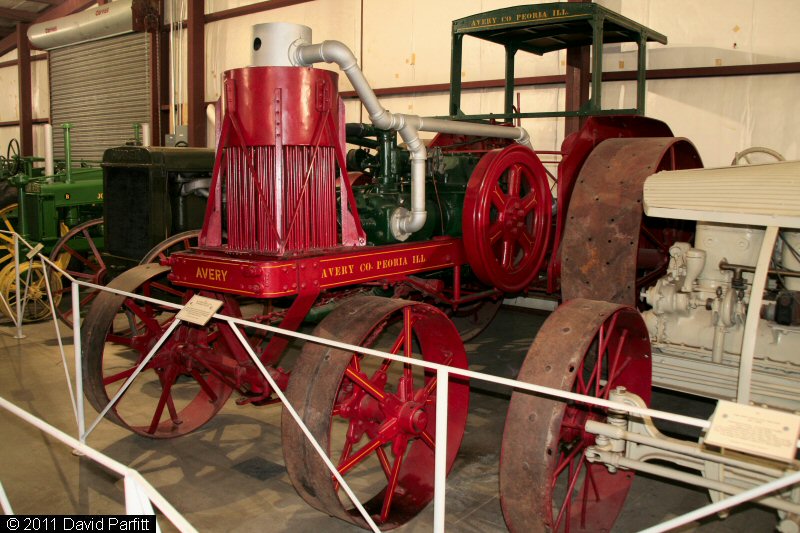
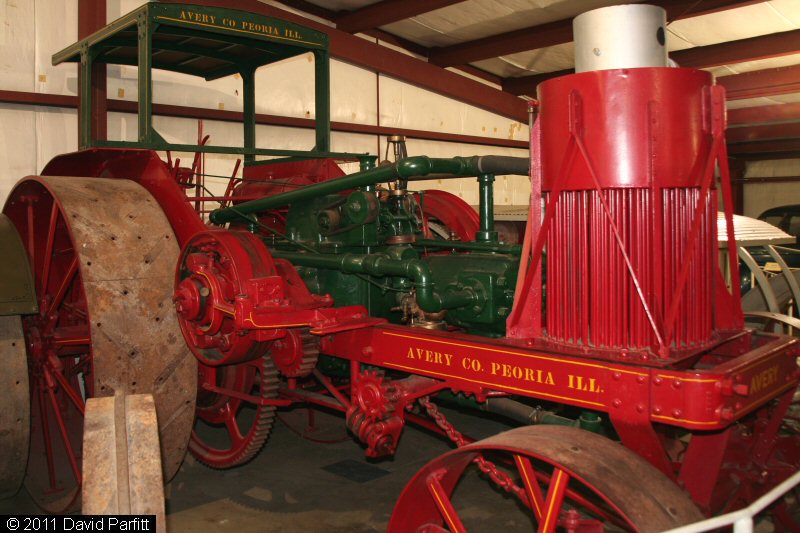
Avery 20-35 (serial
no. 4669, built 1916) at the Stuhr Museum of the Prairie Pioneer, Grand
Island, Nebraska, USA in 2011.
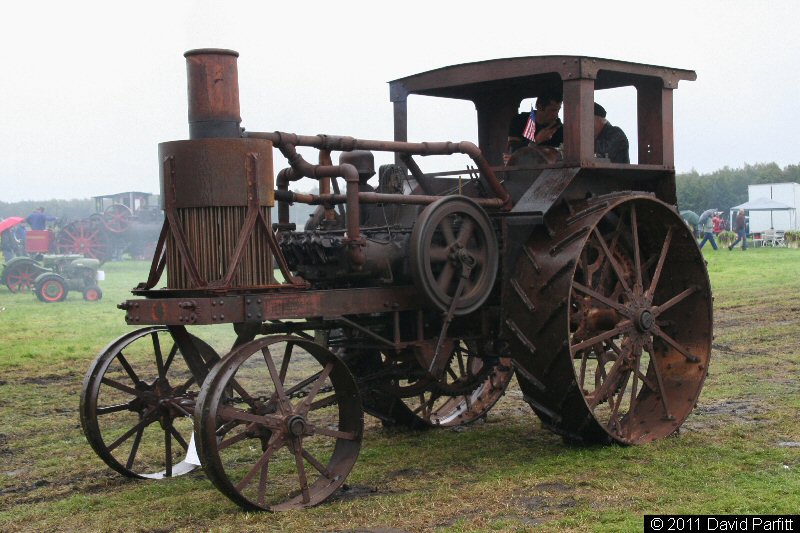
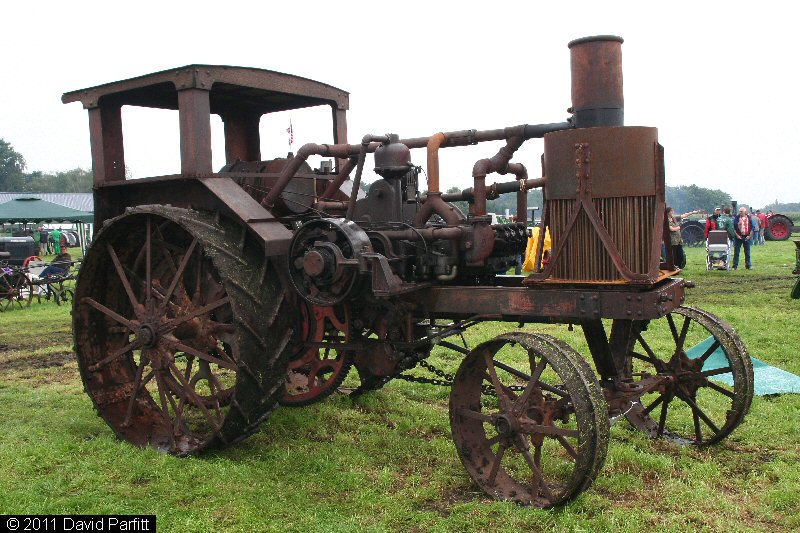
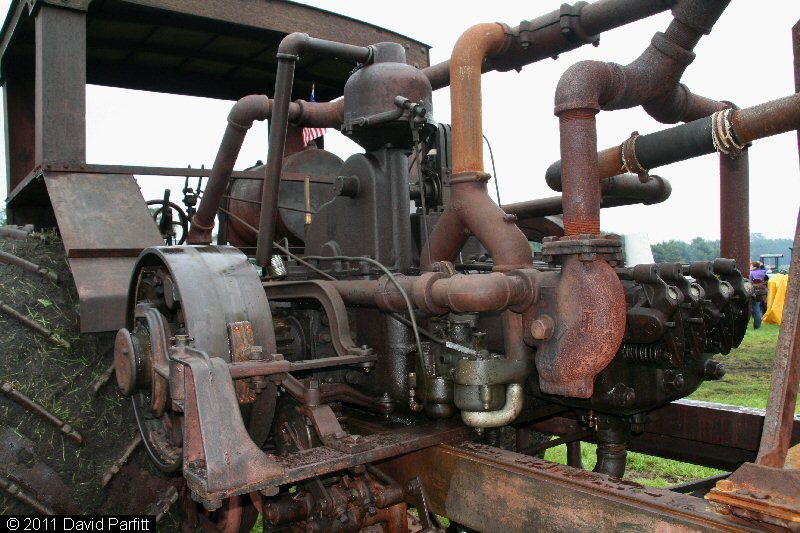
Avery 25-50
(serial no. 16249, built 1919) at the Vooroorlogse Tractorshow Bergeijk,
Netherlands in 2011.
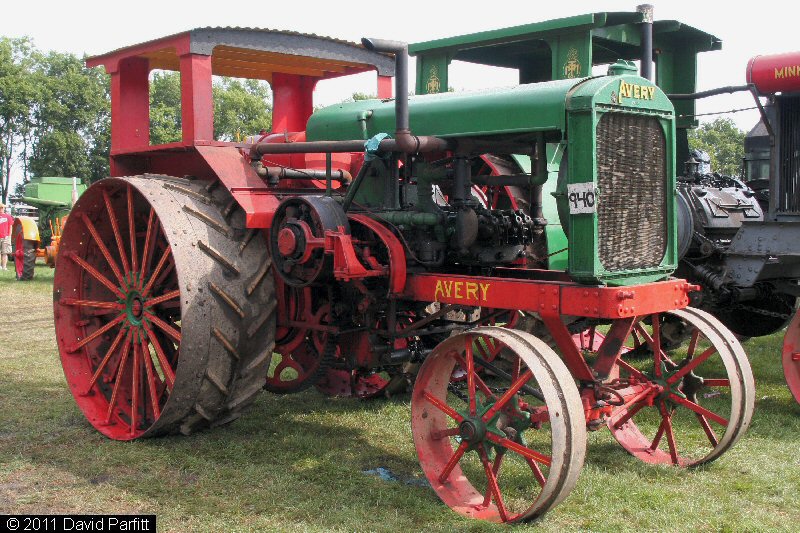
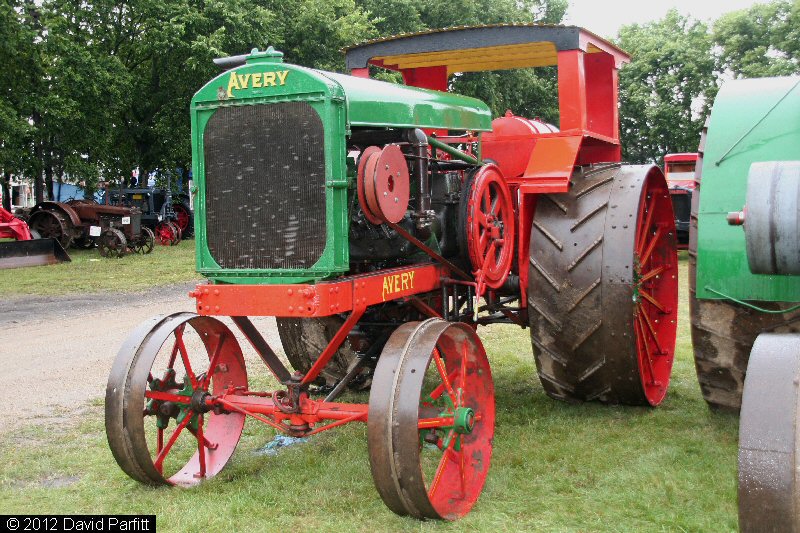
Avery 25-50 (serial
no. 18148, built 1920) at the Steam Threshing Jamboree, Prairie Village,
Madison, South Dakota, USA in 2011.
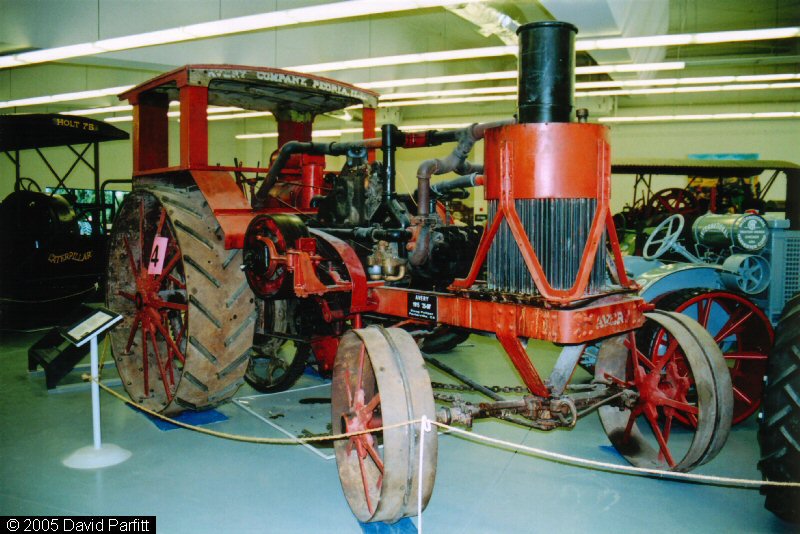
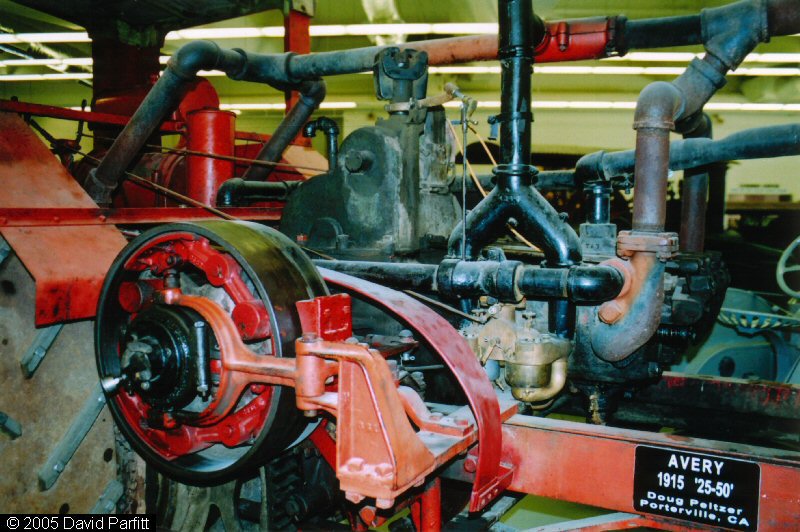
Avery 25-50 at the
Antique Farm Equipment Museum, Tulare, California, USA in 2005.
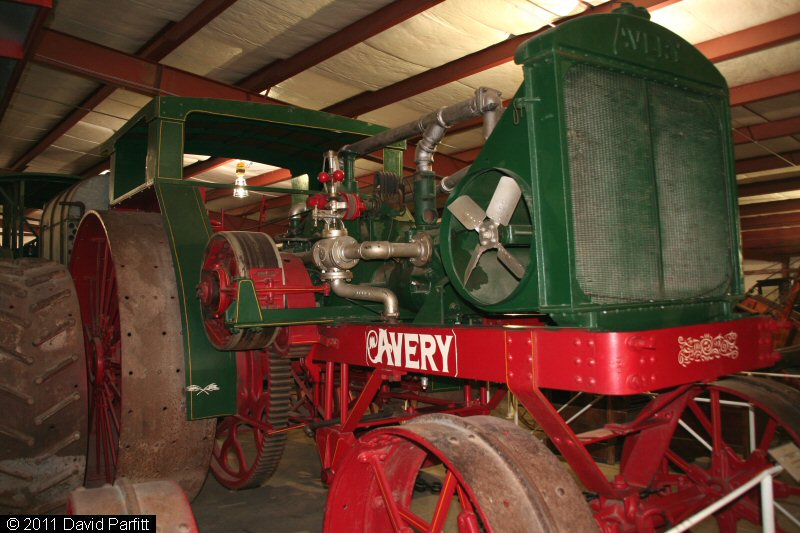
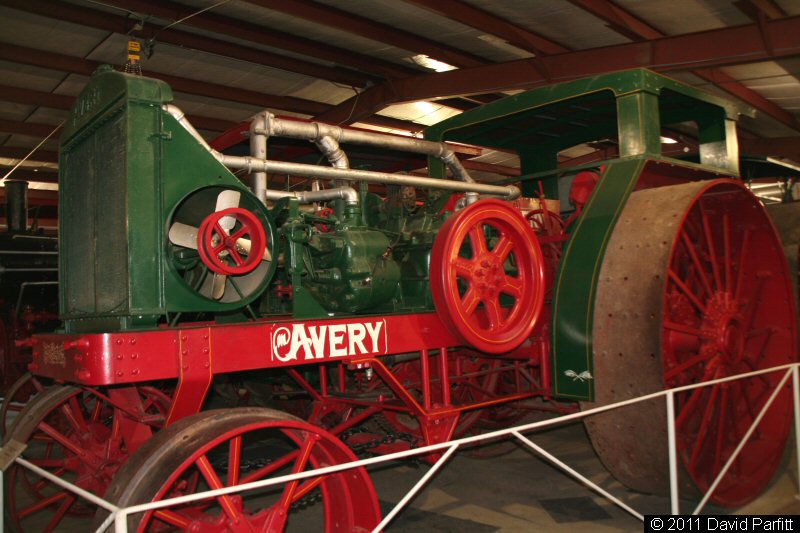
Avery 40-80 (serial
no. 1739, built 1914) at the Stuhr Museum of the Prairie Pioneer, Grand
Island, Nebraska, USA in 2011.
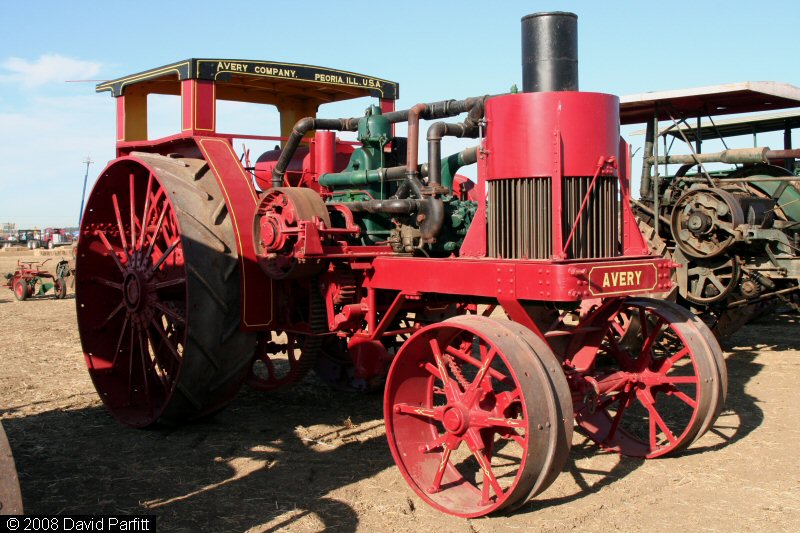
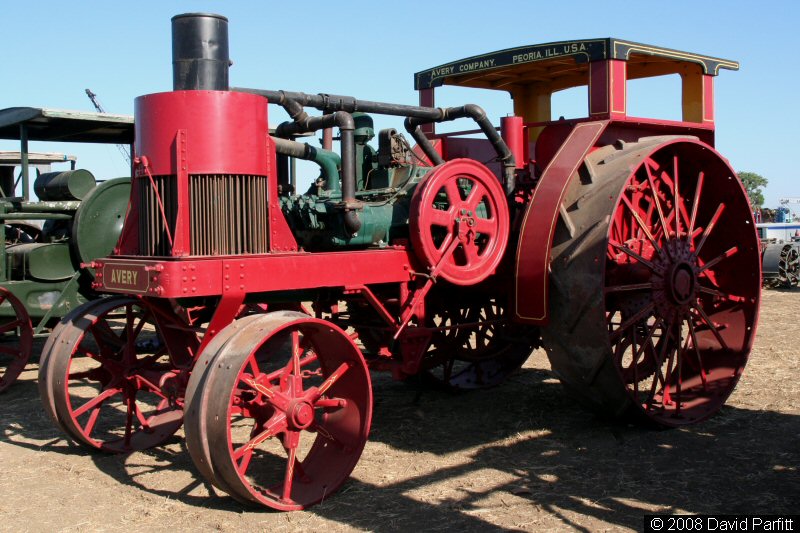
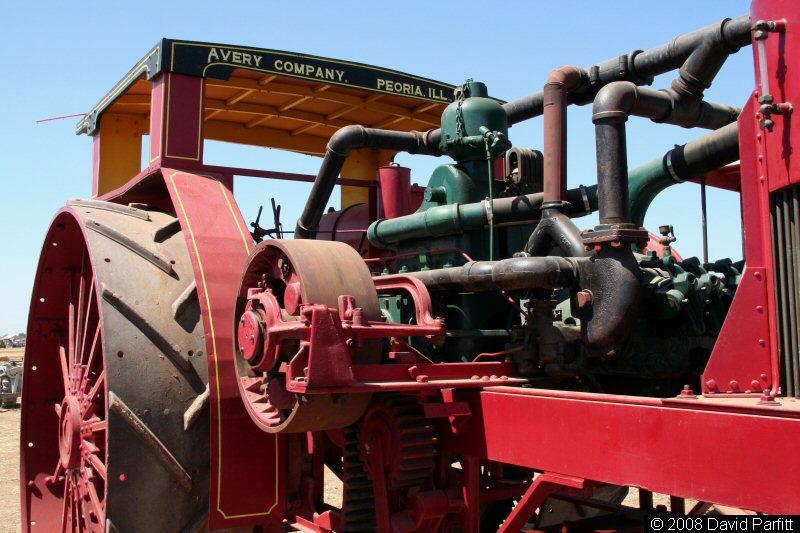
Avery 40-80 (serial
no. 22431, built 1921) at the Best Show on Tracks, Woodland, California,
USA in 2008.
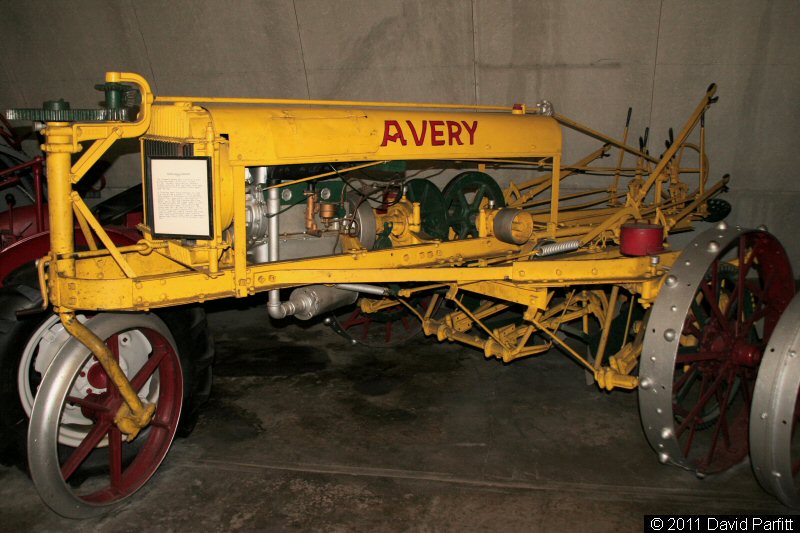
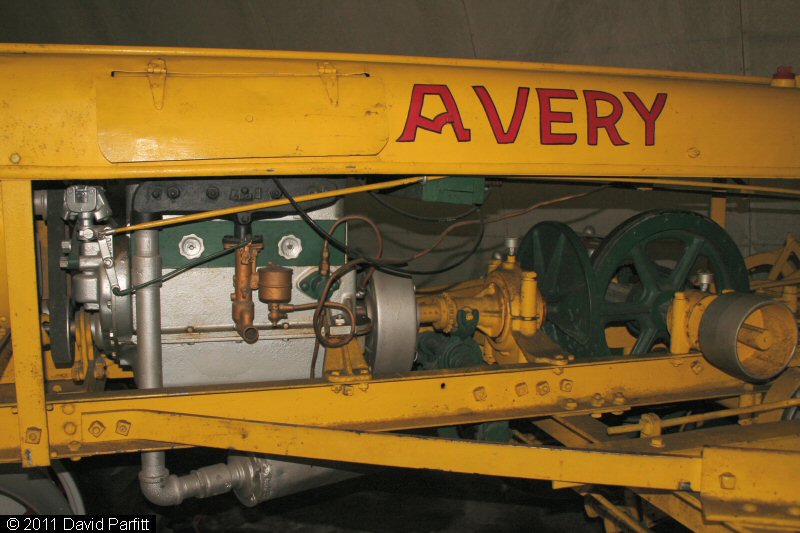
Avery four-cylinder
motor cultivator (serial no. 1339, built 1913) at Pioneer Village, Minden,
Nebraska, USA in 2011.


































